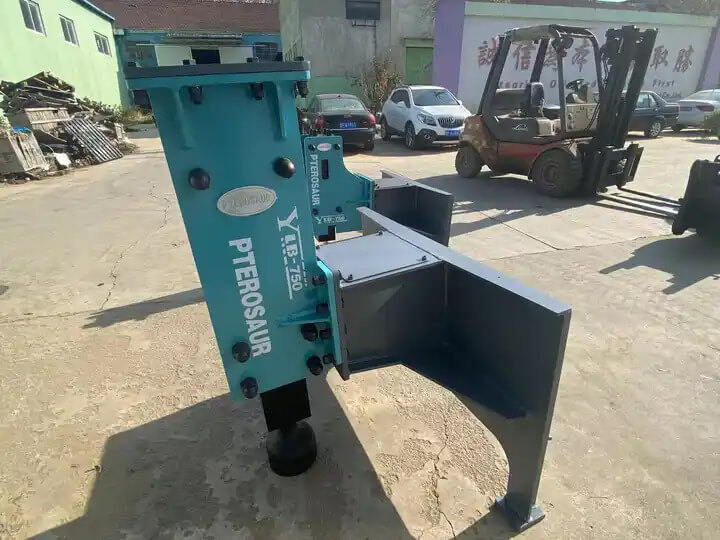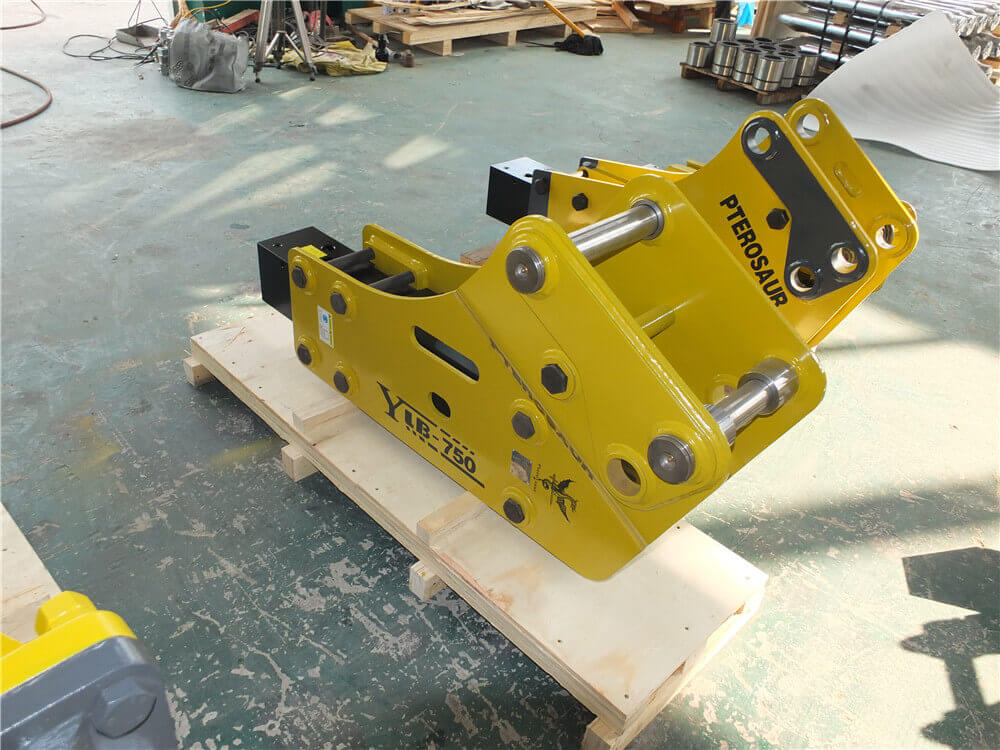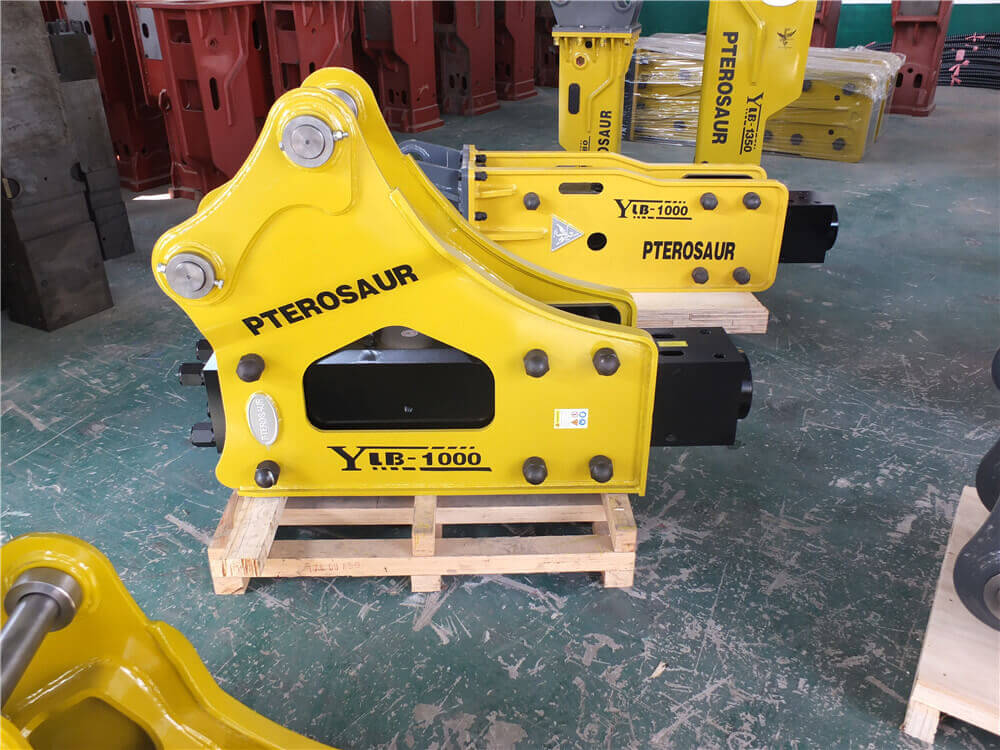- Basic Function:
- Drop Hammer: Primarily generates impact by dropping a heavy weight, suitable for driving piles or compacting soil.
- Hydraulic Breaker: Uses hydraulic pressure to drive a piston, producing strong impacts specifically designed for breaking concrete and hard materials.
- Operation:
- Drop Hammer: The hammer simply moves up and down relying on gravity.
- Hydraulic Breaker: Utilizes a hydraulic system to create up-and-down impacts, offering higher energy and efficiency.
- Materials:
- Drop Hammer: Suitable for softer materials and basic construction tasks.
- Hydraulic Breaker: Engineered to handle concrete, rock, and other hard materials, ideal for heavy-duty demolition.
- Weight and Portability:
- Drop Hammer: Generally lighter and easier to move, fitting for small-scale job sites.
- Hydraulic Breaker: Heavier, often mounted on excavators, suited for larger projects.
- Professional Applications:
- Drop Hammer: Commonly used in foundation work and simple driving tasks.
- Hydraulic Breaker: Widely employed in demolition and road repair, requiring professional handling.
Summary
While both drop hammers and hydraulic breakers are used for breaking materials, they differ in operation, applications, and professional use. Hydraulic breakers are more advantageous for high-intensity work, while drop hammers are better for basic and smaller construction needs.





